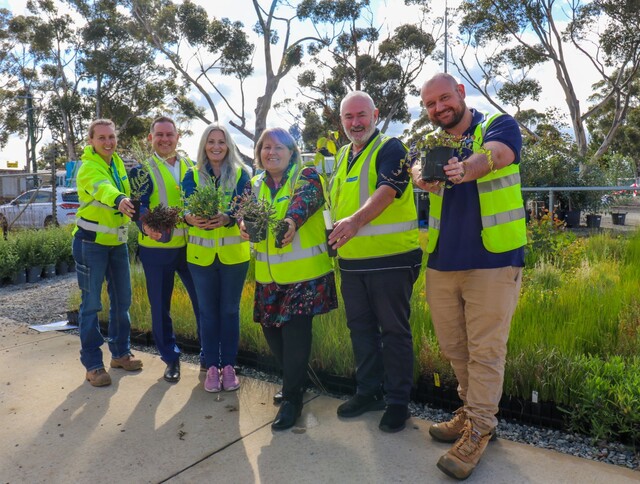The UK Experience by Malcolm Morley *
Customers want access to interesting, user friendly content relevant to their individual needs at a point in time when they need it and with a supporting functionality that enables them to meet their needs. They want confidence that if they decide to transact their business they can do so within a secure environment that will not lead to either them being defrauded or their confidentiality being breached. They also want the confidence that what they seek and agree to be delivered will be delivered to agreed time scales and quality.
In the UK technology is being used in councils to recognise the needs of customers and to transform business processes. It has been found, however, that this is only truly effective where five interrelated issues are addressed. These are:
- customer focus as the driver of organisational development and performance
- leadership and commitment to organisational culture change using technology as a key lever of the change process
- recognising and addressing customer access issues
- back office integration
- procurement of access to technology and skills.
Great companies have gone bust because they have concentrated upon their products and technology rather than the needs of customers.
Customer focus is paramount if councils are to truly develop as organisations to meet the expectations and requirements of their customers. Performance is only effective if the council’s customers believe it to be so. Strengths and weaknesses are relative concepts determined by the context of customers.
No major change is achieved unless the leaders at both political and managerial levels in councils illustrate their commitment to change through effective leadership. Technology can be a key tool in achieving transformational operational performance improvement to convert strategic thinking into action and to facilitate organisational cultural change.
How does this information, functionality or change add value for our customers? This question should be asked every time an investment in technology is proposed or a system is changed or content is added/removed from web sites etc. Without this focus technology drives change rather than customers.
Access to information and services is key for customers. This may be by telephone, web sites, email, one stop shops, digital television, smart cards and so forth. A council’s customers are not homogeneous. This fact needs to be recognised and a range of access types provided. A proposal to invest large amounts of money in a web site has to be taken in the context of the proportion of customers who have access to a computer and the Internet.
Customers contacting the council either in person or virtually often prefer solutions at the first point of contact. This means that back office systems have to be integrated to provide access to information. It also means that those providing information, such as a call centre, have to have the training necessary to make linkages and to recognise when a specialised input is required.
Many councils are small and do not have access to the money or skills necessary to deliver ongoing customer driven investments in technology. In such cases councils must work in partnership. These partnerships can be across sectors as well as within sectors. Large councils can also benefit from partnership working.
Technology is a means to an end and not an end in itself. Anything is technologically possible given time and money. Councils must ensure that they keep the focus on the customer and resist seduction by technology.
* Malcolm Morley is Chief Executive of Harlow District Council and can be contacted via the Editor, email info@lgfocus.com.au
The views expressed in this article are not necessarily those of his employer.







